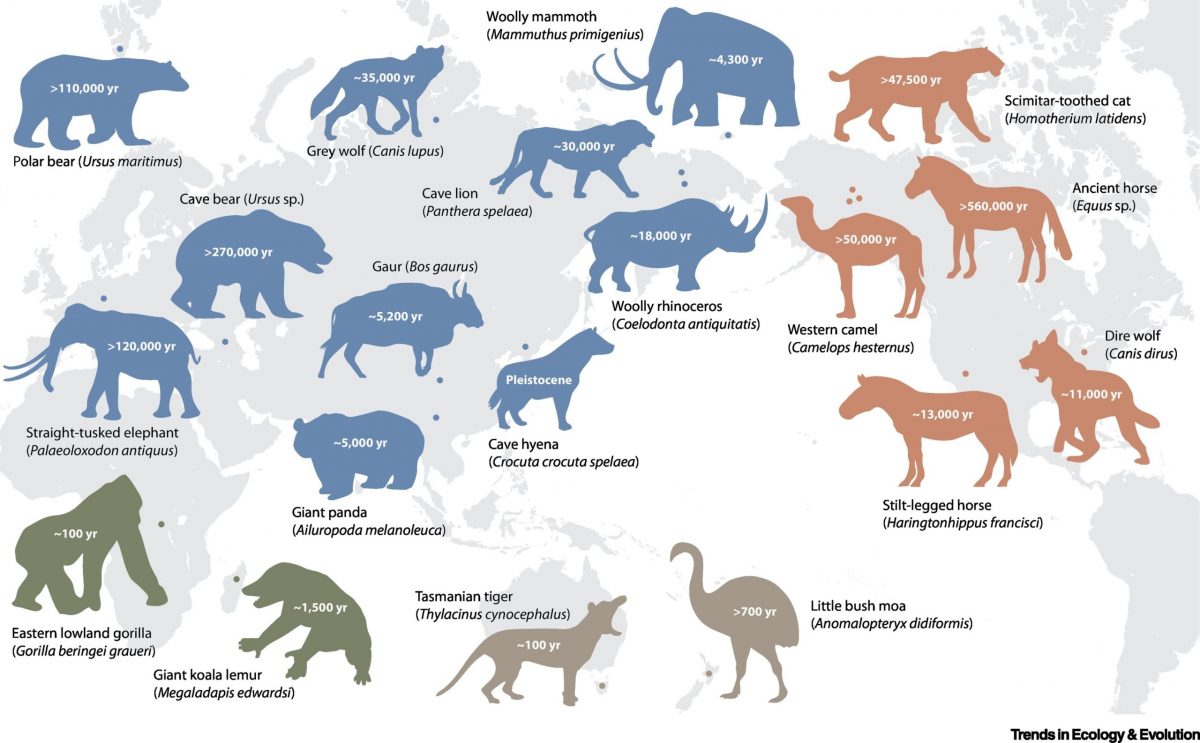On the computer screen, little pieces of genetic code are being slotted together like a giant jigsaw puzzle. Slowly but surely, the genetic whakapapa of an extinct creature from the distant past is being stitched together in front of your eyes.
Far from being Frankenstein’s monster risen from the dead, these genetic blueprints offer a unique opportunity to push through the mists of time to examine lost worlds and vanished lives in unprecedented detail…any maybe learn a thing or two in the process.
With the release of the latest trailer for Jurassic World: Dominion, palaeogenomics, the sequencing of the complete genetic blueprint of historical and ancient creatures, is back in the spotlight. And with that, the inevitable question of can we bring back extinct animals, let them run amok and eat lawyers. Scenes from Jasper Fforde’s fantastic Thursday Next series spring to mind with herds of mammoths roaming the UK and trampling country gardens, and Neanderthals running the public transport system. Continue reading “Reconstructing ancient genetic jigsaws: palaeogenomics comes of age.”


